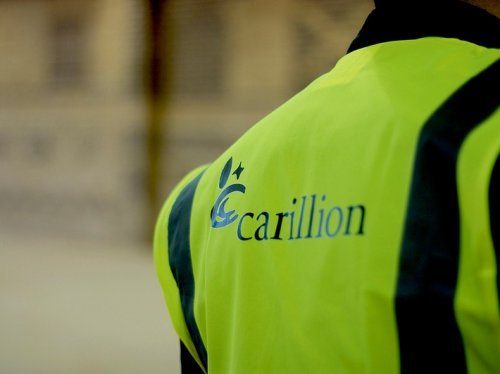Scale of taxpayers’ losses and pension deficit on Carillion revealed

The liquidation of Carillion will have a direct cost to the taxpayer of £148m, according to estimates by the National Audit Office, although it acknowledged “it could take years to establish the final cost”.
There will also be wider costs to the economy, Carillion’s customers, staff, the supply chain and creditors, a report published today has said.
The company’s extensive pension liabilities, totalling £2.6bn as of June 2017, will need to be compensated through the Pension Protection Fund.
Carillion’s failure has so far led to 2,300 of its 18,200-strong UK workforce being made redundant. Although nearly two-thirds of its UK staff have found new work, there are still 3,000 people working for Carillion while the Official Receiver seeks solutions.
The NAO report confirms that Carillion’s non-government creditors are unlikely to recover much of their investments.

Carillion was building the Midland Metropolitan Hospital
It also revealed that Wolverhampton-based Carillion had sought a £125m bail-out from the Government for the Midland Metropolitan Hospital, one of two PFI hospital schemes that now face massive problems in being completed.
It approached the Cabinet Office for the money in return for an equity stake. Carillion had estimated its losses on the scheme for 2017 at £48m, with delays and increased costs caused by critical design elements of the project being 17 months late, poor structural designs, and spatial constraints made it difficult to fit all the plant machinery necessary.
The additional cost of building the Midland Metropolitan Hospital after the collapse of contractor Carillion has now reached “eight figures”, the NHS Trust chief executive revealed earlier this week.
Smethwick’s new 670-bed Hospital should have opened this October, but the fall out from the failure of Carillion means that the opening is expected to be delayed until 2022.









